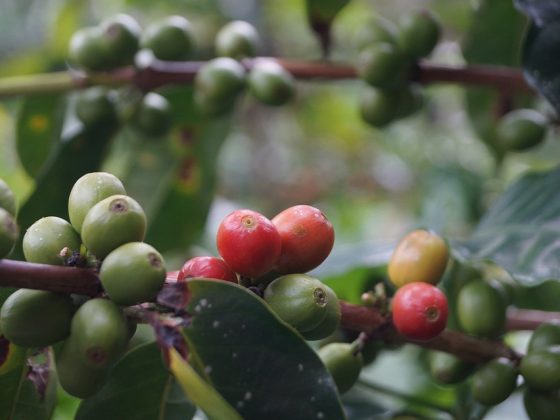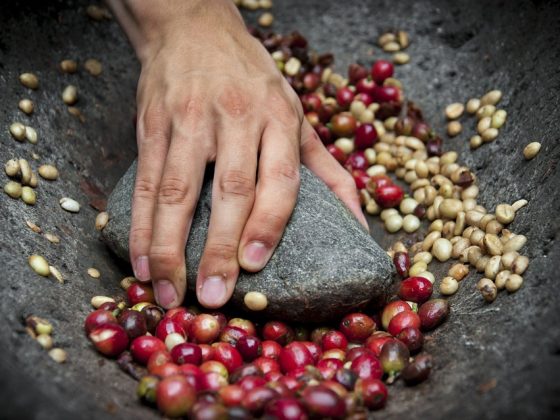end.
From Ethiopia to Your Mug: Tracing the Origins of Coffee Beans
Coffee is one of the most popular beverages in the world, enjoyed by millions of people every day. But have you ever stopped to think about where those beans in your cup come from? The journey of coffee beans from the lush highlands of Ethiopia to your morning mug is a fascinating one, filled with history, culture, and tradition.
The Birthplace of Coffee
Ethiopia is widely recognized as the birthplace of coffee, with a history of coffee cultivation that dates back centuries. Legend has it that a goat herder named Kaldi discovered coffee when he noticed his goats became more energetic after eating the red cherries from a certain tree. Intrigued, Kaldi tried the cherries himself and experienced a newfound alertness and energy. He took his discovery to a local monastery, where the monks brewed the cherries into a drink, and the rest is history.
Coffee cultivation soon spread across Ethiopia and into neighboring countries, becoming an integral part of the culture and economy. Today, Ethiopia remains one of the world's top coffee producers, known for its diverse range of varieties and unique flavor profiles.
The Journey of Coffee Beans
Once the coffee cherries are harvested, they undergo a series of processes to transform them into the familiar beans we know and love. The cherries are typically pulped to remove the outer skin, fermented to remove the slimy mucilage, and dried in the sun. The dried beans are then hulled to reveal the green coffee beans inside, which are sorted by size and quality before being roasted to perfection.
Roasting is a crucial step in the coffee-making process, as it is what gives coffee its distinctive flavor and aroma. The length and temperature of the roast can greatly impact the final taste of the coffee, with lighter roasts preserving more of the beans' natural flavors and darker roasts developing rich, smoky notes.
Once the beans are roasted, they are ready to be ground and brewed into a delicious cup of coffee. Whether you prefer a strong espresso or a smooth pour-over, the journey of those beans from Ethiopia to your mug is a testament to the craftsmanship and passion of the people who bring them to you.
FAQs
Q: What makes Ethiopian coffee unique?
A: Ethiopian coffee is known for its complex flavor profiles and variety of distinct taste notes, including floral, fruity, and herbal undertones. The country's diverse landscape and microclimates contribute to the unique terroir of Ethiopian coffee, resulting in a wide range of flavors and aromas.
Q: What are some popular Ethiopian coffee varieties?
A: Some of the most popular Ethiopian coffee varieties include Harrar, Sidamo, and Yirgacheffe. Each region produces coffee with its own unique characteristics, from the bold and earthy flavors of Harrar to the bright and fruity notes of Yirgacheffe.
Q: How should I store my coffee beans?
A: To preserve the freshness and flavor of your coffee beans, it is best to store them in a cool, dark place in an airtight container. Avoid storing them in the refrigerator or freezer, as moisture and odors can affect the taste of the coffee.
Q: Can I visit coffee farms in Ethiopia?
A: Yes, many coffee farms in Ethiopia welcome visitors who are interested in learning more about the coffee-making process. Tours can include the chance to see coffee being harvested, processed, and roasted, as well as the opportunity to taste freshly brewed coffee straight from the source.
In conclusion, the journey of coffee beans from Ethiopia to your mug is a story of tradition, innovation, and passion. Next time you take a sip of that rich, aromatic brew, take a moment to savor the flavors of the highlands of Ethiopia and the hard work of the farmers who bring you that perfect cup. And remember, the next time you enjoy your coffee, you know exactly where it came from.











